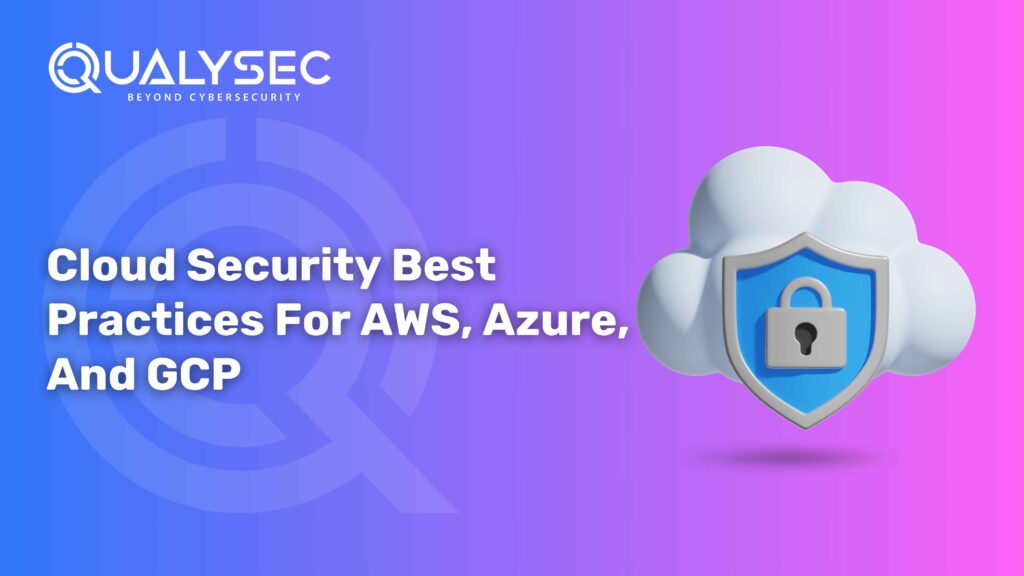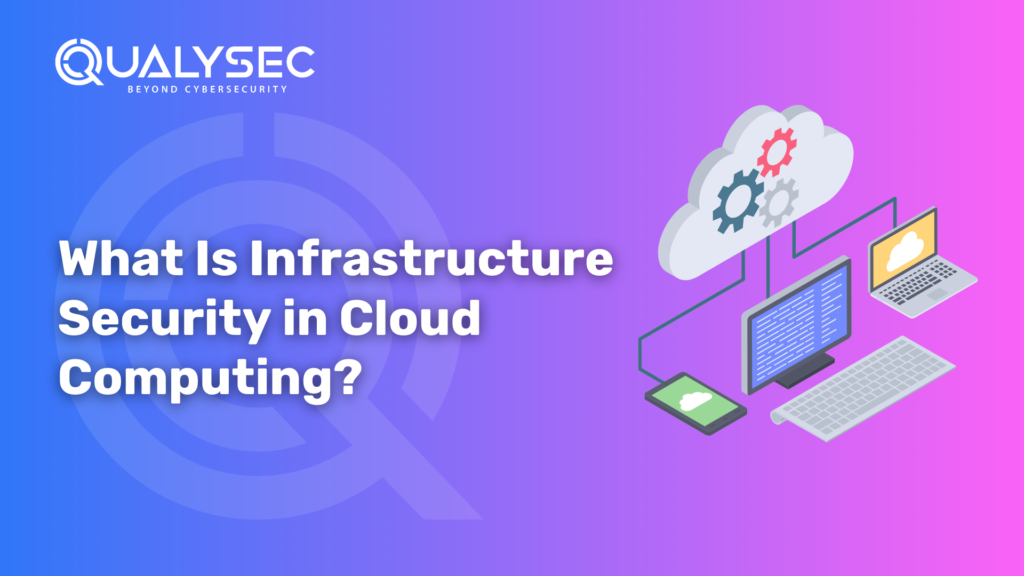How to Secure Your Cloud Infrastructure Security in the Philippines
Cloud solutions are being used more in the country than ever before. More than 85% of enterprises aim to be fully in the cloud by 2025. The country’s data center market is expected to increase at a rate of 13% CAGR up to 2025. Still, the industry’s rapid growth creates new risks. Almost 84% of Philippine organizations were affected by breaches in 2024, and 32% said they reported incidents in the Philippines, who want to learn how to secure cloud infrastructure security. It describes what cloud infrastructure security entails, suggests practices that comply with the Philippines’ rules, such as the Data Privacy Act, highlights regional issues, and advises companies on what to consider when selecting a cloud security service. What Is Cloud Infrastructure Security? All the steps, technologies, and processes that keep server, storage, database, networking, and application security in cloud environments are collectively known as cloud infrastructure security. Both the security of on-site data centers and that of virtual systems utilized on AWS, Microsoft Azure, and Google Cloud are included in it. In contrast to the traditional setup, cloud server security is based on a model where some responsibilities are shared. As a consequence, cloud providers are responsible for the security of hardware, storage, and the global cloud infrastructure. Once information, applications, and records are in the cloud, the business must take responsibility for them by ensuring their security. Key elements involved in how to secure cloud infrastructure include: Securing all layers of the cloud stack enables a business to prevent unauthorized access, thereby protecting against data breaches and service outages. Why It’s Critical in the Philippines The stakes for cloud security service are particularly high in the Philippines, where regulatory enforcement and cyber risks are both on the rise. These risks in context are compelling for Philippine-based organizations to go beyond elementary security controls and adopt a more formal, audit-ready process for protecting cloud infrastructure security. Explore our insights on Infrastructure Security in Cloud Computing 10 Best Practices to Secure Cloud Infrastructure In the Philippines, with the rapid digital transformation of industries such as fintech, healthcare, and ecommerce, cloud infrastructure security is an imperative. The next 10 cloud infrastructure security best practices were derived from expert opinions on platforms such as Cisco, CrowdStrike, Medium, and Spot.io and have been tailored to meet both global standards and local conditions. 1. Enable Multi-Factor Authentication (MFA) No account, particularly admin or DevOps, must be based on only a password. Authenticator apps are preferable to SMS because of the increasing risk of SIM swap fraud in Southeast Asia. 2. Enforce Least Privilege Access Refrain from granting sweeping access to new employees or cross-functional teams. For BPOs and high-turnover startups, quarterly automated access reviews help eliminate legacy permissions. 3. Use IAM Controls and a Zero Trust Architecture All identities, whether human or machine, need to be verified and authorized. Role-based access using AWS IAM or Azure AD is required. All internal traffic must be treated as untrusted until it is authenticated. 4. Encrypt Data at Rest and in Transit Under the Philippine Data Privacy Act, encryption is now required. Encrypt stored data using AES-256 and data in transit using TLS 1.2 or later to safeguard customer data and stay compliant. 5. Monitor Logs and Perform Ongoing Auditing Employ centralized logging tools such as AWS CloudTrail or GCP Cloud Security Audit Logs. Complement these with real-time alerts for detecting suspicious activity, such as attempts to access from outside Southeast Asia. 6. Harden Configurations and Apply Patches Promptly Default settings are commonly used as an attack vector. Implement CIS benchmarks on operating systems and containers. For companies still using legacy systems, establish a patch schedule to mitigate vulnerabilities. 7. Employ CASB and CSPM for Shadow IT and Risk Visibility Cloud Access Security Brokers can identify unauthorized tools being utilized by employees. Cloud Security Posture Management tools help monitor misconfigurations within multi-cloud setups, particularly for hybrid teams that utilize AWS and Azure. 8. Secure Endpoints and Container Runtimes Laptops and mobile clients connecting to cloud platforms should be secured with EDR agents such as CrowdStrike Falcon or SentinelOne. Implement container runtime protection using tools like Sysdig to safeguard workloads. 9. Penetration Testing and Vulnerability Scanning External penetration testers can emulate actual attacks against APIs, cloud functions, and access policies. Frequent vulnerability scans will identify problems before attackers can exploit them. 10. Train Teams and Enforce Cloud Usage Governance Most breaches are the result of human error. Train employees to recognize phishing, limit file-sharing access, and track third-party SaaS applications integrated into your cloud environment. Common Mistakes to Avoid Even strong companies can get caught up in minor issues that compromise their cloud security. Most of the time, these problems arise because of being overconfident, having bad visibility, or using incorrect ways of thinking about cloud-native security. 1. Neglecting IAM hygiene Giving away too many privileges, ignoring access to departed users, and relying solely on a few passwords are widespread mistakes. Most of the time, shadow identities are overlooked until regular audits are conducted in CI/CD. 2. Delaying or skipping patches It is not uncommon for organizations to delay or verlook patches for containers, Kubernetes clusters, and SaaS applications, as they can cause disruptions. Unfortunately, it does not take long for attackers to find known vulnerabilities using bots after news of them is made public. 3. Relying only on perimeter defenses Firewalls and VPNs are useful against internet threats, but you should watch for problems within your network from any rogue activity or password problems. Not all clouds come with threat detection based on behavior, which might leave you unaware of some significant dangers. 4. Lack of a governance cycle Since cloud infrastructure security evolves constantly, a governance cycle may be missing. Leaving tools installed, test environments unattended, and executing permissions unnecessarily tend to increase risks. If API usage, configurations, and access are not regularly audited, more problems are likely to develop. 5. Misunderstanding the shared responsibility model Most companies do not realize that the shared






